Image source: China Visual
 (资料图片)
(资料图片)
By Yang Xiujuan and Shaw Wan
BEIJING, July 29 (TMTPOST) – Chinese authorities stepped up efforts to boost further development of the cold chain sector, whose market size is about to nearly double during COVID-19 outbreaks.
The National Development and Reform Commission issued a budget of 1.4 billion yuan ($207 million) last month to support construction of logistics facilities related to refrigerated production of meat, public cold storage and smart equipment.
This move followed up the national policy pursued in years. Last December, China"s State Council rolled out a development plan for the cold-chain logistics sector as part of the country"s 14th Five-Year Plan (2021-2025), which showed great emphasis placed by the Chinese government on its growth. The government planned to construct 100 national cold-chain logistics bases and multiple distribution and sales centers of agricultural produce.
Under the program, multiple detailed plans and implementation opinions by national and local authorities were released this year.
“Chinese authorities are trying to stabilize investment and growth. In that case, encouraging investment in and construction of cold chain facilities can also play a role in promoting economic development,” said Li Yongzhao , president of China Materials Storage & Transportation Association.
Fast development during lockdownsWith cold chains, Chinese customers can enjoy fresh agricultural produce, which could be in a shortage during lockdowns. Some Chinese citizens have also started stockpiling food, especially canned, frozen and storable meat and vegetables, in their homes to get themselves prepared.
The prolonged pandemic gave China’s cold chain logistics a chance to grow. The market size of China’s cold chain sector is expected to reach 510 billion yuan ($76 billion) by the end of this year, a 50 percent increase compared with 2019.
Nearly 4,000 cold chain companies have been founded in the year to date, doubling that of the whole 2019. Last year saw the registration of 9,000 cold chain companies, and over 11,000 were incorporated in 2020.
“The cold chain industry ran into an unprecedented window of opportunity. In the next five to ten years, both traditional and new types of infrastructure of cold chain, like the construction of information highway, will embrace huge investments,” said Meng Tingtao, the chief executive of the Cold Chain Logistics Industry Association in Shenzhen.
COVID-19 disrupts domestic and international shippingAlthough the COVID-19 pandemic has raised public awareness about cold chain logistics, it also posed significant challenges. The coronavirus can survive longer with a low temperature-controlled supply chain network. Once a cold storage or any other cold chain facility was found contaminated, it needs to be shut down for disinfection. No matter how long that took, the company would only be spending money disinfecting facilities while generating no revenues.
Many cities have witnessed a coronavirus transmission chain starting from a cold storage facility. (storage . Last June, a halt in Yantian Port of China’s tech hub Shenzhen, the world’s fourth largest container terminal, snarled global trade.(深圳市是科技中心;第四大港指盐田港) The suspension of operations at the port was caused by a local COVID-19 outbreak.
“The pandemic situation in foreign countries is more serious than in China. The coronavirus can stay on the outer packaging of cool cargo or the surface of food, as it can not be killed. How can we stop it from being imported through cold chain?” Meng said.
Shenzhen set up the first supervision warehouse in China for imported cold-chain food, to limit COVID-19’s impact on the supply chain. It also introduced the first set of standards on such warehouse.
“There was only one supervision warehouse for imported cold-chain food in the beginning. In that case, companies had to pay an extra of 1,000 yuan ($150) for a regular container, another burden for the cash-strapped service providers,” Meng said.
Further improvements were made for cold chain companies to operate logistics against COVID-19 risks, Meng added.
Cold chain breaksA break in the cold chain can alter proper food conservation due to a rise of temperatures. The pandemic may come unexpectedly, but cold chain breaks are a constant pain for the industry. Compared with other logistics , cold chain is more vulnerable, as it aims at preserving, extending and ensuring the shelf life of products. A low-temperature range for different products require various facilities during transport and end-use, which determines cold chain logistics are complicated in terms of system design, storage and distribution.
Image source: China Visual
Up to 15 percent of food can be lost in China due to a lack of or in complete cold chain and logistics costs account for almost 40 percent of the total price of agricultural products. In developed countries, that number is down to 5 percent. “Once a cold chain is broken, the amount of food wasted can feed 200 million people for a year,” Meng said.
Most of the products transported through cold chain are fresh food, which requires more procedures. It is hard to preserve such products with a large scale but low costs. The fruit losses reach 12 million tons, and 130 million tons of vegetables are lost each year in China, costing companies over 100 billion yuan ($15 billion).
“In the cold chain industry, the biggest challenge is food losses and significant costs,” a person from JD Logistics, one of the major players in the sector, told TMTPost.
Cold chain failures affect more than just food safety. It is also related to resource allocation. “When up to 40 percent of fruits and vegetables are lost during the process, prices would go up for the rest 60 percent. Consumers pay more for fresh produce, but farmers can’t gain more profits,” said Li Bing, director of public affairs at ZTO Cold Chain, another major player.
A smart, automated and scaled supply chainAutomation and intelligence of cold chain is needed to avoid cold chain breaks. It can process an order request, gather the commodity from the location, and deliver the unit to the desired delivery point – without a single human intervention.
However, China"s cold chain logistics is still largely labor-intensive . The number of refrigerated vehicles in China only accounts for about 0.3 percent of the total freight vehicles. In developed countries, that number is 0.8 to 3 percent.
“The world"s most advanced refrigeration technology or cold chain logistics technology is available in China. What keeps it from being applied is the low input-output ratio. The costs of labor are relatively lower than high-tend facilities, which is why companies would prefer manual operation,” said director Li.
A larger scale of cold chain logistics can help lower cost efficiency. “However, at this stage, the operators of domestic cold chain business are mostly small-scale enterprises, who often purchase, manage and sell products by themselves. It is neither economical nor convenient to use automated equipment,” said president Li.
The lack of experienced giant companies in cold chain sector stops the industry from growing larger. Among the existing cold chain enterprises in China, small and medium-sized ones account for 99.28 percent. And the leader of China’s logistics industry, the Sinotrans Limited, has only been involved in the cold chain industry for one or two years.
“Consolidation in this industry can help reduce costs and food losses, as the total delivered cost would be lower. There will be two to three cold chain leading players in five years,” said an executive of JD Logistics.
Another obstacle is the lack of fundings. A cold storage facility of 10,000 tons costs 150 million yuan ($22 million), too much to handle for the current small and medium-sized enterprises. “For a company focusing on building storage facilities, there wouldn’t be much money left for working capital or an intelligent operating system. Frankly speaking, quite a few are profitable,” Meng said.
Cold chain companies in the upstream and midstream also have a hard time attracting investments. According to the the cold-chain logistics professional committee of the China Federation of Logistics and Purchasing (CFLP), 33 investments were made in 2021. Companies who received such fundings were mainly in the downstream sector of cold chain, providing the closest link to everyday user. Their major businesses include community group purchase of fresh food, pre-products, cold chain informatization and digitalization. And they used such funding to build an artificial intelligence management platform and improve the product quality and safety traceability platform, instead of building infrastructure or expanding import trade.
“It’s easier for downstream companies to attract investment, because they are more likely to have fixed assets that can be used as collateral. Cold chain companies in the upstream and midstream are usually small companies with limited fixed assets. Their main assets are cool cargo, which can barely be used as collateral,” said Li, the president of the committee.
The major cold chain service providers in China are Meituan, JD, Cainiao by Alibaba and SF Express. The total revenue of the top 100 cold chain companies in 2020 reached 70 billion yuan ($10 billion), accounting for 18.1% of the industry’s revenue. SF Cold Chain, the cold chain branch of China’s delivery service provider SF Express, topped the list.
关键词: English


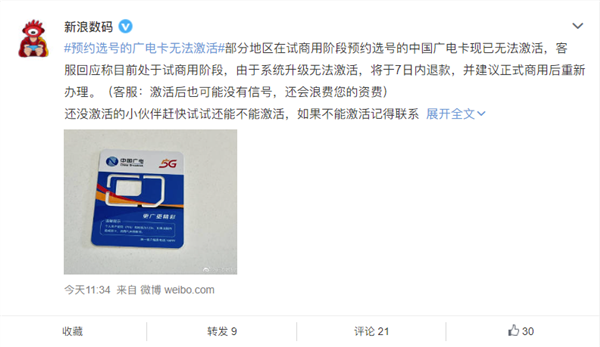


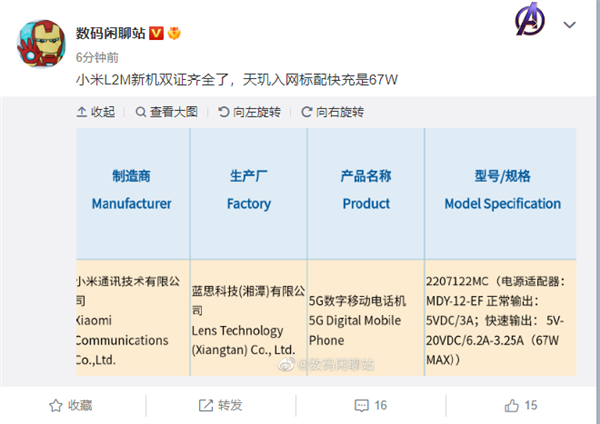

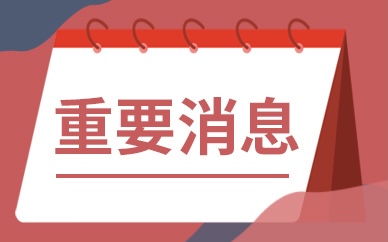




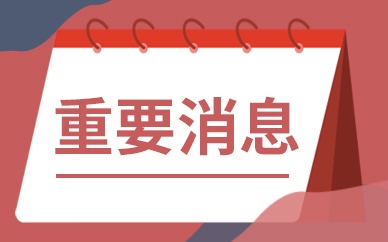

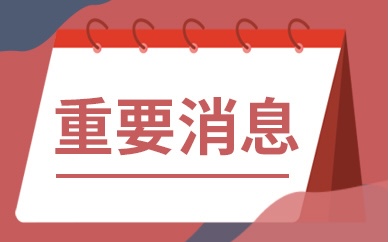



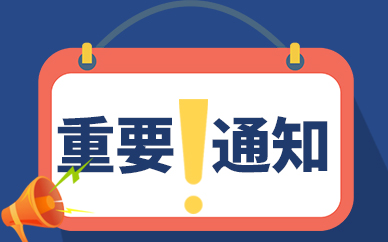
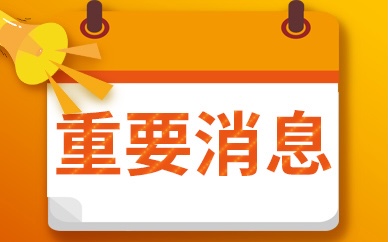











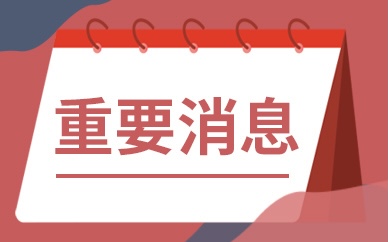

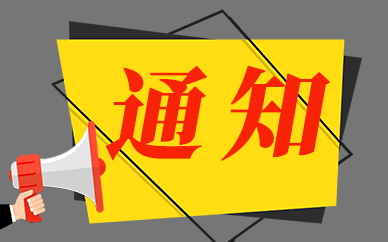

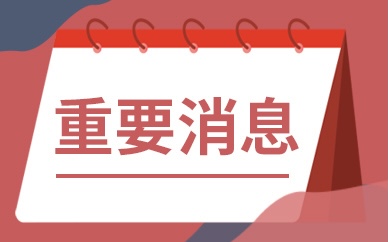



























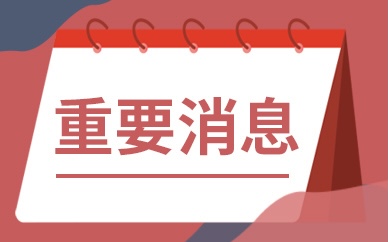




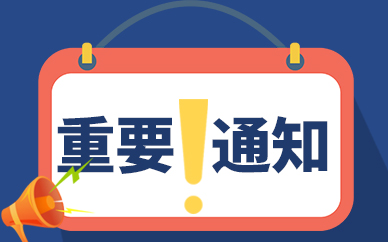


























 营业执照公示信息
营业执照公示信息